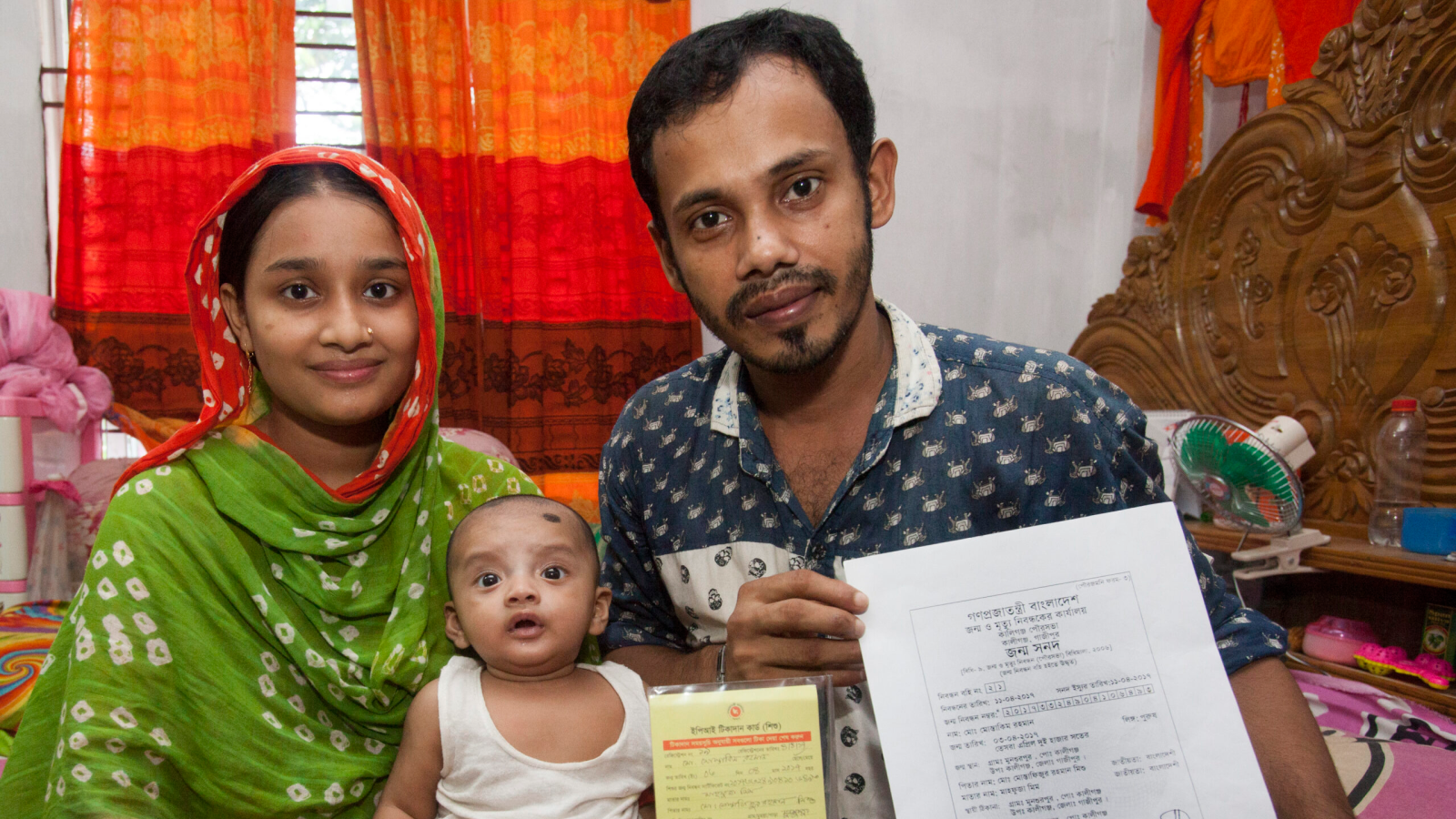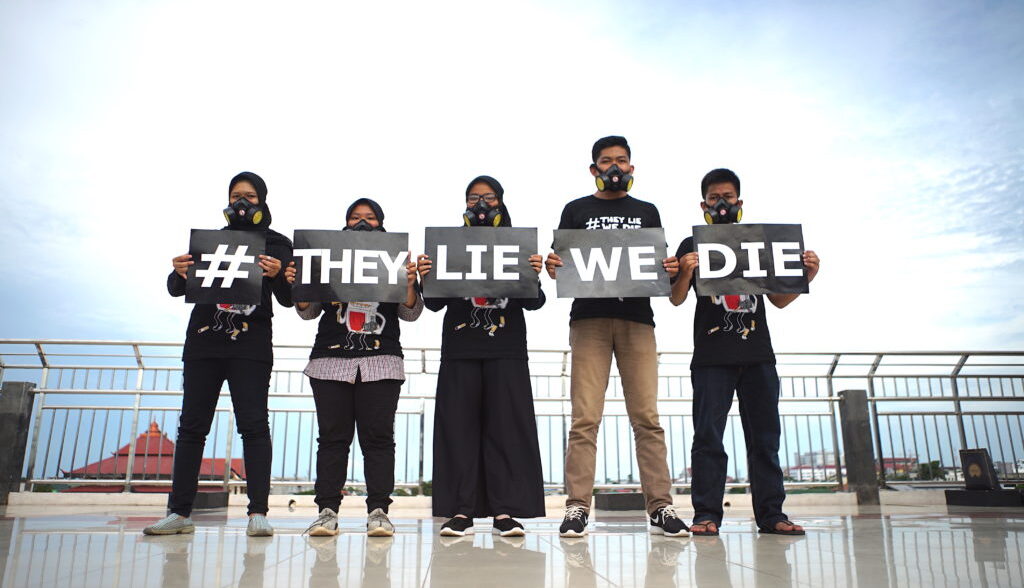Vital Strategies endorses the World Health Organization definition of gender and uses the term to refer to the socially constructed characteristics, norms, behaviors, and roles of women, men, girls, boys, varying across societies and over time. Our definition also includes the idea that gender exists across a spectrum and includes non-binary, third gender, transgender, and other experiences of gender. Gender hierarchies create inequalities that intersect with other forms of discrimination to influence a person’s health.
Gender Equity
Equity is the cornerstone of resilient and effective public health systems.

GBV PROJECT OVERVIEW
Data to Stop Gender-Based Violence
DATA IN ACTION
Accelerating Gender Equity and Inclusion
Vital Strategies addresses gender equity across our programs: We strengthen data systems to improve inclusivity and count people of all genders. Our road safety and overdose prevention programs explore injury prevention from a variety of angles so all people are safe and protected. And we disrupt the tactics of harmful industries, such as alcohol, tobacco and ultra-processed foods, that use gender-focused marketing to encourage unhealthy behaviors.
Areas of Focus
Equity, encompassing both social and gender dimensions, is not only an ethical imperative but also a strategic necessity for fostering inclusivity, addressing systemic inequalities, and improving sustainable public health outcomes.
Enormous data gaps exist in health data. We support government efforts to include all genders in data so that all genders are served by data.
Women, men, children, and transgender and non-binary people all have different risk factors for injury that require specific, targeted interventions. Our programs follow the data to keep all genders safe from preventable harms.
We aim to expose and address the gender dimensions of industries that threaten people’s health.
Get Our Latest Public Health News
Join our email list and be the first to know about our public health news, publications and interviews with experts.


